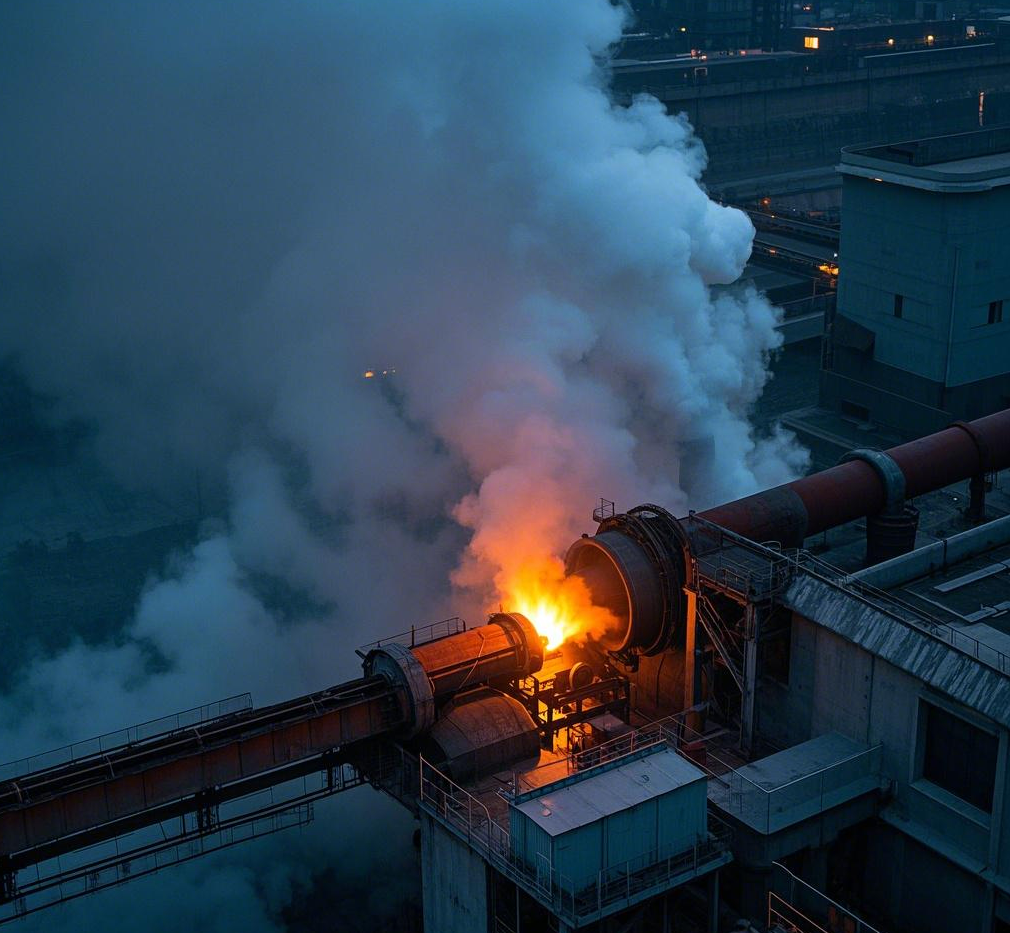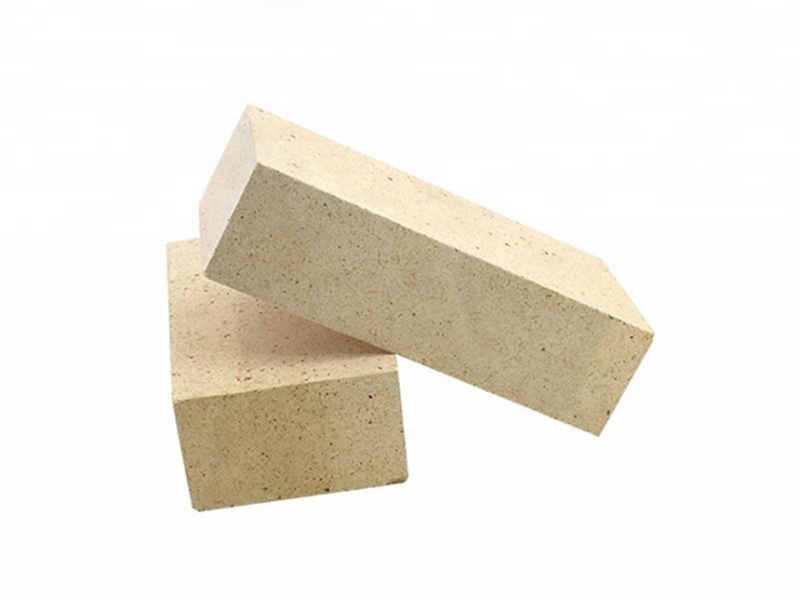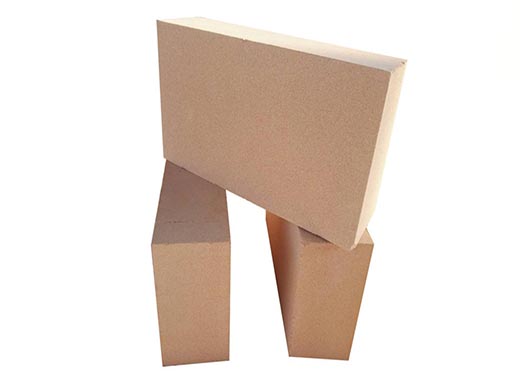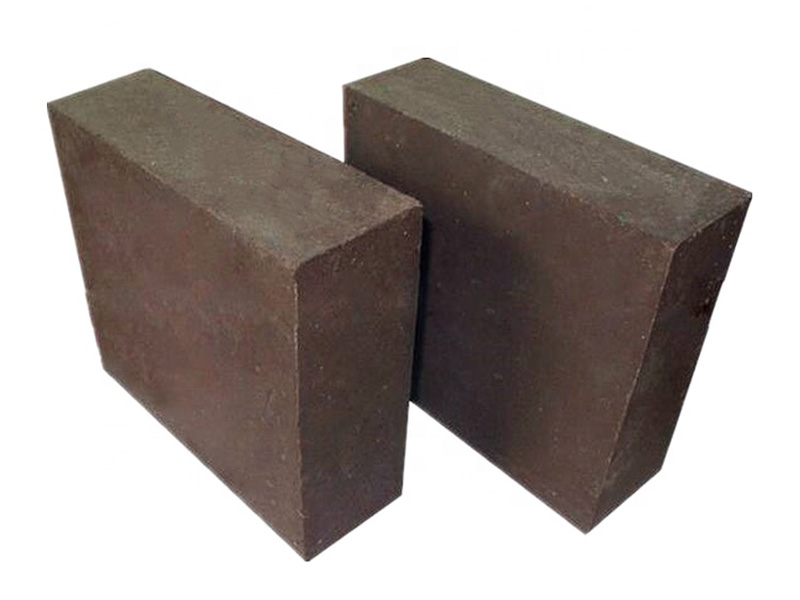News detail
Selection of refractory materials for cement rotary kiln cement clinker cooler system
In the cement production process, cement rotary kiln and cement clinker cooler system are at the core, and they face harsh working conditions such as high temperature, mechanical impact, and chemical erosion. Therefore, it is very important to select refractory materials reasonably, which is directly related to the stability of equipment operation, cement product quality and production cost.
Cement clinker cooler system. The refractory materials used in the grate cooler include refractory bricks, lightweight cast bricks, insulation bricks and insulation plates. Ordinary chrome-magnesia bricks and high-alumina bricks can be used in the high-temperature area and the throat area of the feeder and the high-temperature area. Clay bricks can be used in the medium and low temperature areas.

Requirements and selection points for refractory materials in cement rotary kilns
The temperature distribution in the kiln is uneven, and the temperature gradually increases from the feeding end to the discharging end. The temperature in the flame zone can exceed 1700℃. This requires the refractory material to have good high temperature resistance and be able to withstand high temperature heat loads for a long time. Alkaline refractories such as magnesia-chrome bricks have periclase and spinel as their main crystal phases, have high refractoriness, can maintain structural stability at high temperatures, and are suitable for high-temperature areas such as the firing zone.

The materials are constantly rolling and moving in the rotary kiln, causing strong mechanical wear on the kiln lining. Therefore, the selected refractory materials should have high strength and good wear resistance. High-alumina bricks contain a higher proportion of alumina, have a higher Mohs hardness, and have strong wear resistance. They are often used in transition zones and can effectively resist material erosion.
Cement raw materials release alkaline gases such as K₂O and Na₂O during calcination, which cause chemical erosion to refractory materials. Magnesia-alumina spinel bricks have excellent resistance to alkaline erosion. Their crystal structure can prevent the penetration of alkaline substances. They perform well in areas susceptible to chemical erosion and ensure the life of the kiln lining.

Working characteristics of cement clinker cooler system and refractory adaptation
The temperature at the entrance of the cooler is high. The clinker has just been unloaded from the rotary kiln and still carries a lot of residual heat. The refractory here must be able to withstand the shock of rapid cooling and heating. Silicon carbide refractory materials have high thermal conductivity and small thermal expansion coefficient. They can quickly conduct heat to achieve clinker cooling. At the same time, they can adapt to frequent temperature changes and are not easy to crack, ensuring efficient operation of the entrance section of the cooler.
There is a process of conveying and turning clinker inside the cooler, and the refractory materials are facing the risk of mechanical wear. Corundum refractory materials have high hardness and good wear resistance. The refractory bricks or castables made of them are used for the lining of the cooler, which can effectively resist clinker friction, maintain the integrity of the internal structure of the cooler, and reduce the frequency of maintenance.
There is also a certain dust environment in the cooler, and the chemical components in the dust may react with the refractory materials. The selection of refractory materials with good density, such as phosphoric acid combined with high-aluminum refractory materials, can prevent dust intrusion, reduce the harm of chemical erosion, and ensure the long-term service performance of refractory materials.

Material selection strategy that comprehensively considers cost and benefit
In terms of initial investment cost, the prices of different refractory materials vary greatly. Although some high-performance refractory materials such as magnesia-chrome spinel bricks have high procurement costs, considering their long service life and low maintenance frequency, the cost per ton of cement may not be high. On the contrary, if low-priced but poor-performance materials are selected, frequent replacement of kiln linings and shutdown for maintenance will bring huge indirect losses, including production stoppage losses and labor costs.
From the perspective of long-term operating benefits, high-quality refractory materials can ensure the continuity and stability of cement production, improve the quality of cement clinker, and reduce the defective rate. For example, stable kiln working conditions benefit from suitable refractory materials, which makes the clinker minerals more fully formed, the cement strength meets the standards and fluctuates less, enhances the market competitiveness of products, and brings considerable economic benefits to enterprises.
When selecting refractory materials for cement rotary kilns and cement clinker cooler systems, it is necessary to comprehensively consider factors such as equipment conditions, refractory performance, and cost-effectiveness, and carefully select the most suitable products to ensure efficient, stable, and sustainable operation of cement production, helping cement companies stand out in the fierce market competition.


Send inquiry
Please Leave your message you want to know! We will respond to your inquiry within 24 hours!